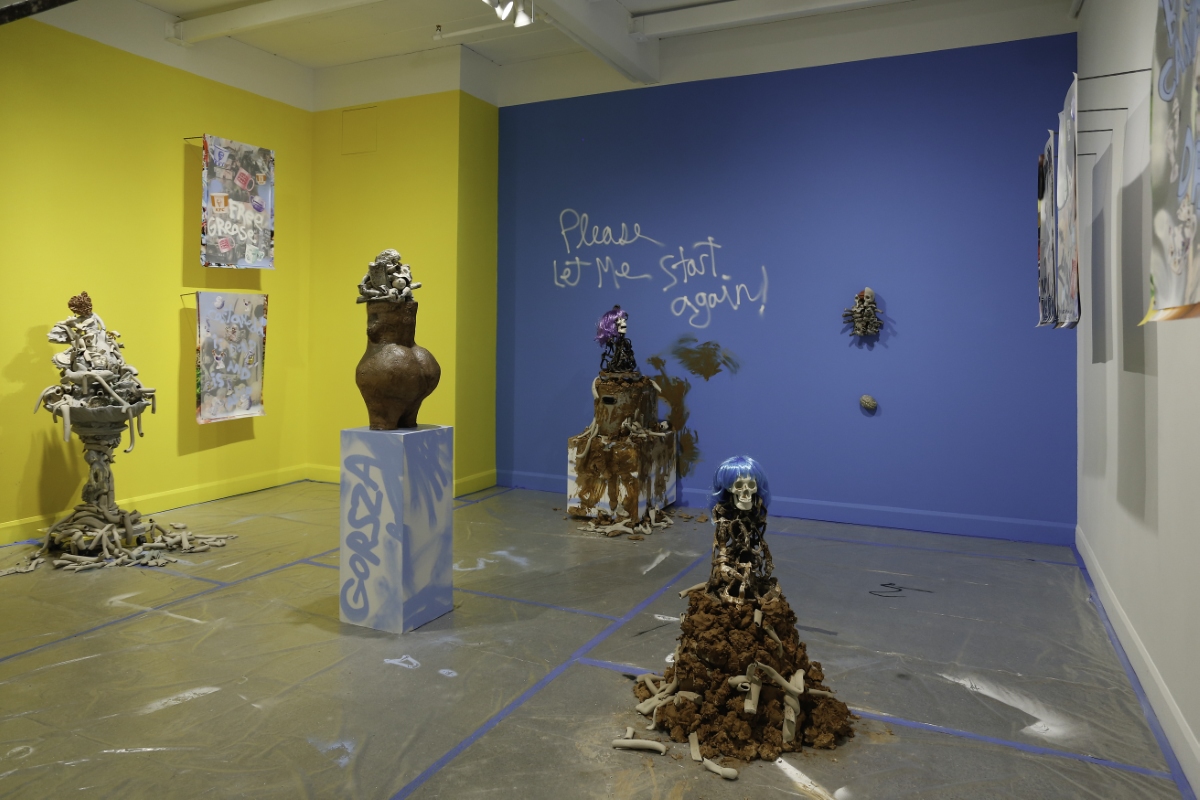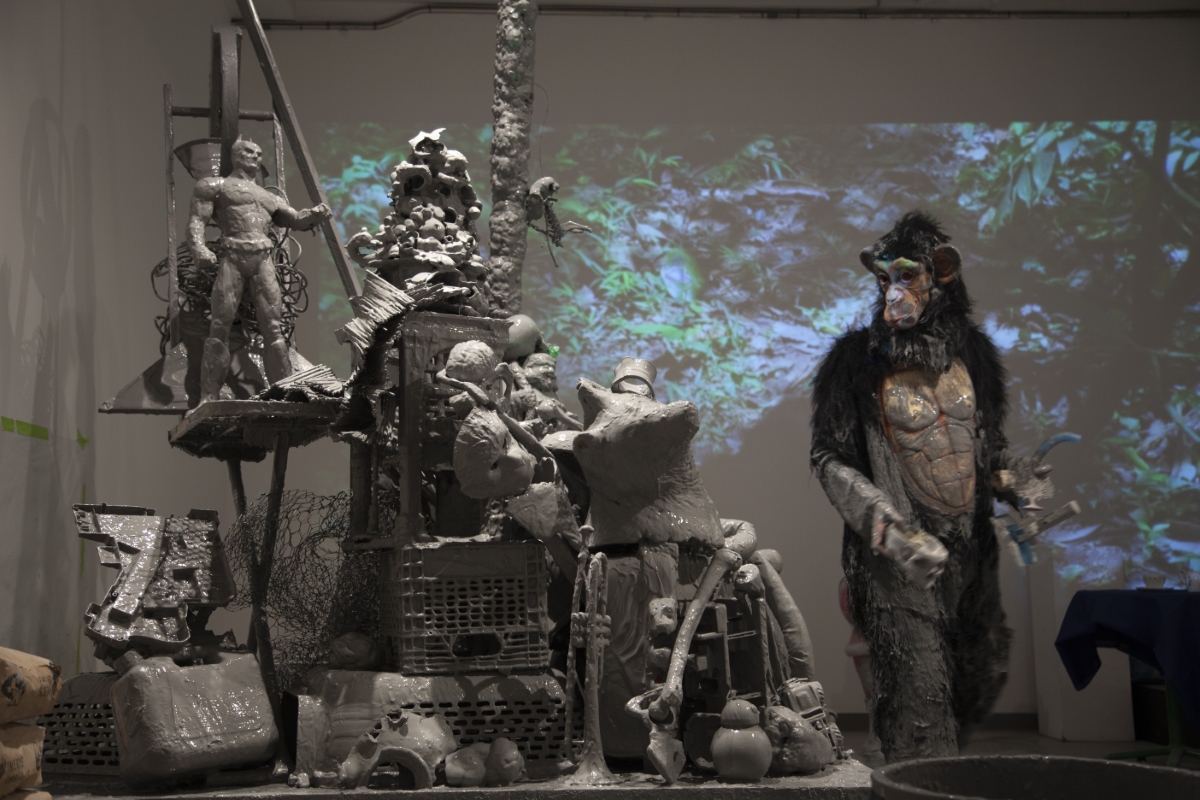Yanik Potvin is an interdisciplinary ceramic artist and researcher who lives and works in Québec, Canada. Yanik holds a certificate in biology from the Université du Québec à Montréal (UQAM), a bachelor’s degree in anthropology, specializing in ethnolinguistics, from the Université de Montréal (UdM), and a master’s degree in arts from the Université du Québec à Chicoutimi (UQAC). He worked as a professional archaeologist between 2004 and 2018. Since 2012, his work has been presented in several regions of Quebec, Alberta, France, the Czech Republic, Sweden, Greece and the United States. His work can be found in the collection of the Kohoutov Ceramic Studio in the Czech Republic, the Langage Plus art center, the Medalta center in Alberta, the Musée des Métiers d’arts du Québec (MUMAQ), the Université du Québec à Chicoutimi, as well as in several private collections. He is a founding member of the METAceramique group (2019), focused on ceramic research, and a member of Hexagram, a research-creation network in arts, cultures, and technologies. He is part of the programming committee of the artist-run center Le Lobe, the editorial board of Zone Occupée magazine, and the program committee of UQAC’s arts module. Since 2014, he has been a lecturer at the undergraduate and graduate levels of UQAC’s Department of Arts, Letters and Language (DALL). He is currently pursuing a doctorate in art studies and practice at UQAM. He lives and works in Hébertville, QC, Canada.
Visit Yanik Potvin’s website and Instagram page.
Featured work
Contamination and Cultural Materiality, 2023

Read Mariane Tremblay’s article about this collaborative ceramic art project between Yanik Potvin and László Fekete
Behavioural Artifacts Comportementaux, 2021

Smokescreen, 2019

Hybridization of traditional practices, dialogical approaches, cultural variability of material approaches, their thematization or misappropriation are strategies that define my artistic practice. Developing around clay and ceramics as epistemic objects, my research evokes tensions between sculptural works, performativity of contexts and production processes. My proposals for pictorial and spatial installations, as well as my research-creation projects, nourish a desire to transgress disciplinary contours and demonstrate formal risk-taking, a deep commitment to questioning expected aesthetics while confronting the historical and cultural contingencies of materials and techniques. I draw on my experiences in anthropology to develop research-creation activities that generate reconciliations and ambiguities between form and function, object and archive, work and artifact, reproduction, and transformation, or hylomorphism and morphogenesis.
My collaborations with authors, archaeologists, performance artists, musicians and research-creation groups have led me to diversify my practice by bringing together current and traditional techniques from the performing arts with those of the visual and media arts. The diversification of my artistic experimentation is rooted in a decentring of my interest in the object as the ultimate purpose of ceramic art. This broader perspective enables me to approach the contexts and processes of creation with the sensitivity of an anthropologist, scrutinizing human interactions through the prism of clay, which becomes a means for knowing.
My BEHAVIORAL-ARTIFACT-COMPORTEMENTAUX research-creation project borrows from North American anthropology through a systemic methodology, the physicality of working with materials, cultural encounters, and the displacement of my practice into places not dedicated to art. These recent shifts in focus constitute my doctoral research program and allow me to sketch out a new territory of research-creation, that of “creative anthropology”, in which the contours between individual and environment, theory and practice, culture and nature, or human and non-human, are blurred. Teaching, art, and anthropology converge through participatory practice, through the sharing of the sensible, and through the relationship between creativity and the non-human world. I am an ardent defender of heuristic thinking, marginalized groups, and the diversity of human cultures. I welcome the plurality of artistic practices and invite cross disciplinary, truly interdisciplinary research-creation.













